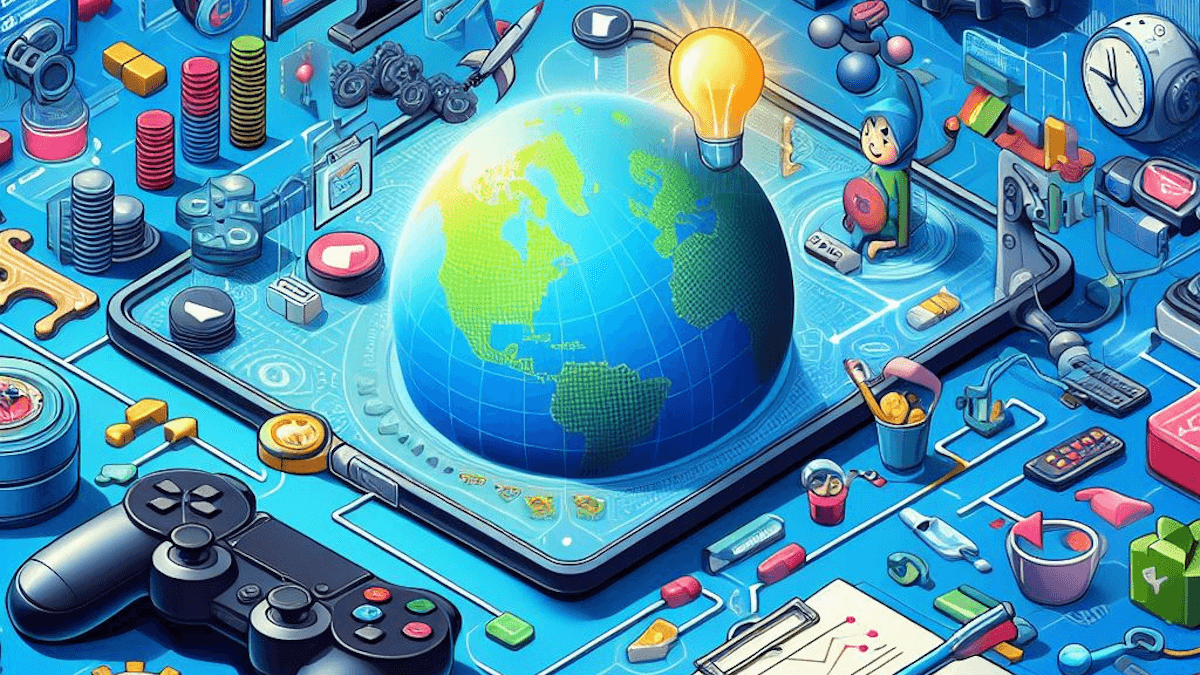One of the key issues facing gamification as it moves defiantly into its mid-teens is a lack of consistency and interoperability of the language used to describe it. The first and most obvious example of this is the lack of anything resembling an agreement on a definition of gamification. Wikipedia seems to change pretty regularly, and almost every gamification expert out there has their own version. Very few like the Wikipedia version either; “The use of game elements in non-game contexts” being the most popular. Don’t get me wrong; I love Sebastian Deterding, and the definition fits the original meaning of gamification, but things moved on a little, or at least I hope they did.
Defining Gamification and Its Challenges
After that, there is the issue of how we define certain aspects of gamification. Game Mechanics, for instance. This is a catch-all term in gamification that often just means “anything that looks a bit like it could have been in a game at some point – or went near a game by accident”. However, in game design, the definition of a game mechanic is pretty much set in stone. In simple terms, it is a set of rules that define the outcome of an input of some description. In Uno, you can see it in the very basic rule of “You have to put the same number or colour down on the card before”. The input is the choice of card, the rule is “it has to be the same color or number,” and the outcome is either you pick up another card because you can’t meet the rules set (another mechanic) or you place a suitable card down and play continues. If you alter a mechanic, you can alter the whole game. Imagine that the rule in UNO is that you can play the card face up or face down – if it is face down, you tell the other players what the card is, and they choose to believe you or call your bluff. Suddenly there is a whole new set of strategies, just by changing one mechanic.
Game Mechanics and Their Impact
UNO is a great example of this generally. Every type of deck has at least one different mechanic. We have a few. UNO Flip is our favourite. Here you have different face cards on both sides of the deck – one traditional, one a bit more evil. If you get the right action card, flip the deck and play the other side for a bit. It changes the whole dynamic of the game (I’ll get to dynamics in a moment). Another great deck is the Toy Story 4 deck, with the Duke Kaboom card. When you play this, you can tell two players to shuffle their cards together and re-dealt them evenly to each other. This adds a unique twist that allows you to alter the entire game balance, not just for the person next to you in the round but for anyone playing. Again, it is a single new mechanic that changes several strategies and dynamics of play.
Understanding Game Dynamics
Dynamics is another word that in gamification is often used interchangeably with game mechanics. However, game dynamics are the outcomes of game mechanics and how players interact with them. Take my example of UNO flip. With the introduction of the flip card, there is a new layer to the strategy and flow of play. For instance, as you can see the unflipped side of the deck, you have to try and remember the cards, trying to keep in mind how evil their hand is before you commit to flipping the deck and opening yourself up to a potential world of hurt.
Evaluating Game Mechanics: A Simple Approach
A simple way to think about game mechanics is to ask, “If I alter this, does it change the game in some way?” If it doesn’t, it is very likely the mechanic has no place in the game in the first place – or it isn’t a mechanic. Points systems are not mechanics – they are feedback. If you take away points in most games, the game is still fun to play. You can enjoy Tetris just fine without ever looking at the score! However, remove a mechanic like being able to rotate the blocks, and suddenly the gameplay has changed significantly. And so it is with gamification, or at least it should be. If you take away the points and feedback – does the gamification still add what you wanted to the experience? If it doesn’t, you need to rethink it!
A few lessons there and a bit of a ramble – but you get the idea!!!
Similar Posts:
- Gamification Inspiration Cards
- New Solution & Gamification Design Lenses Card Deck
- 5 tips for good Gamification I learned from designing games.
Also published on Medium.
